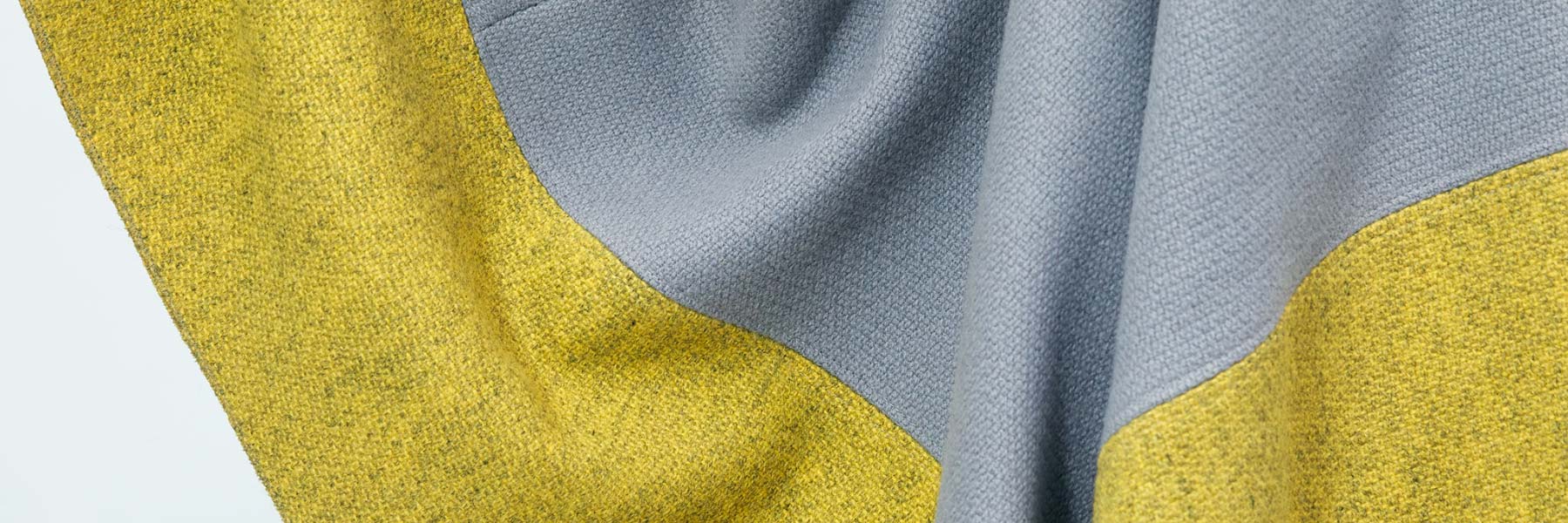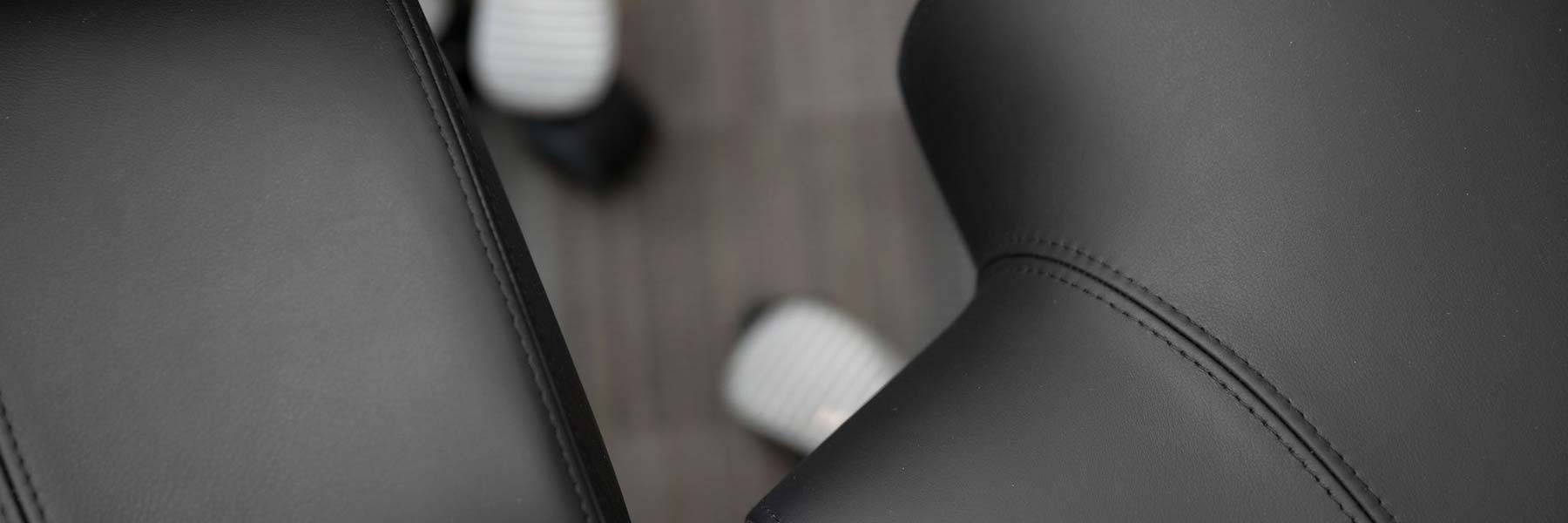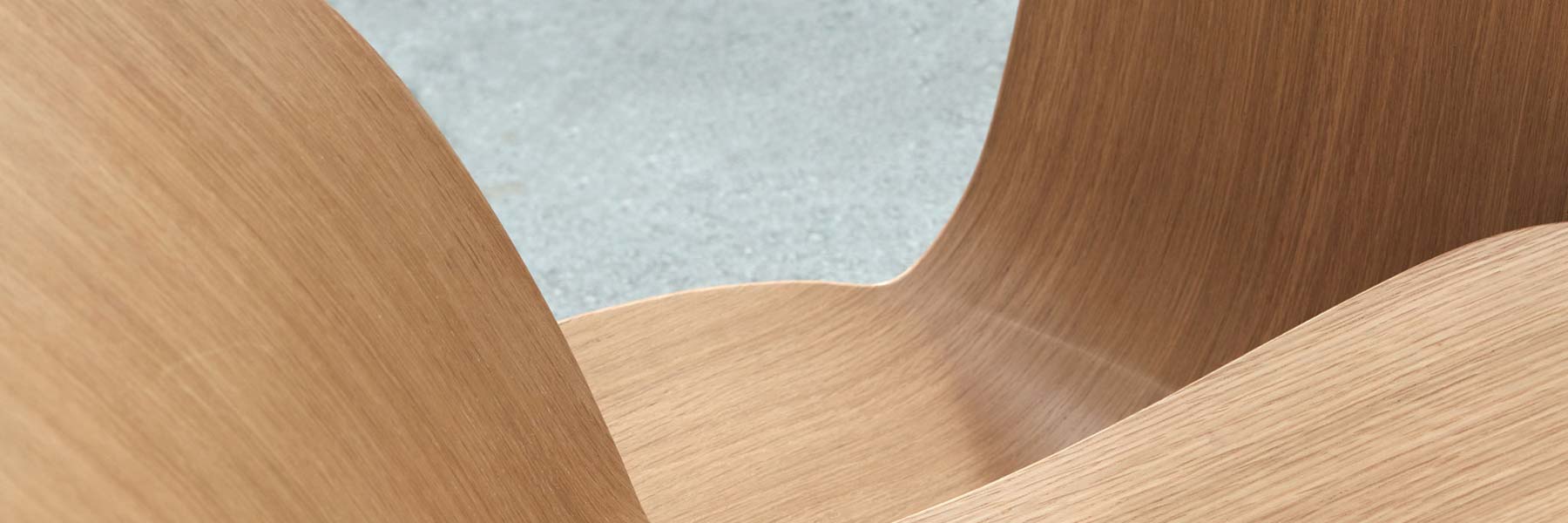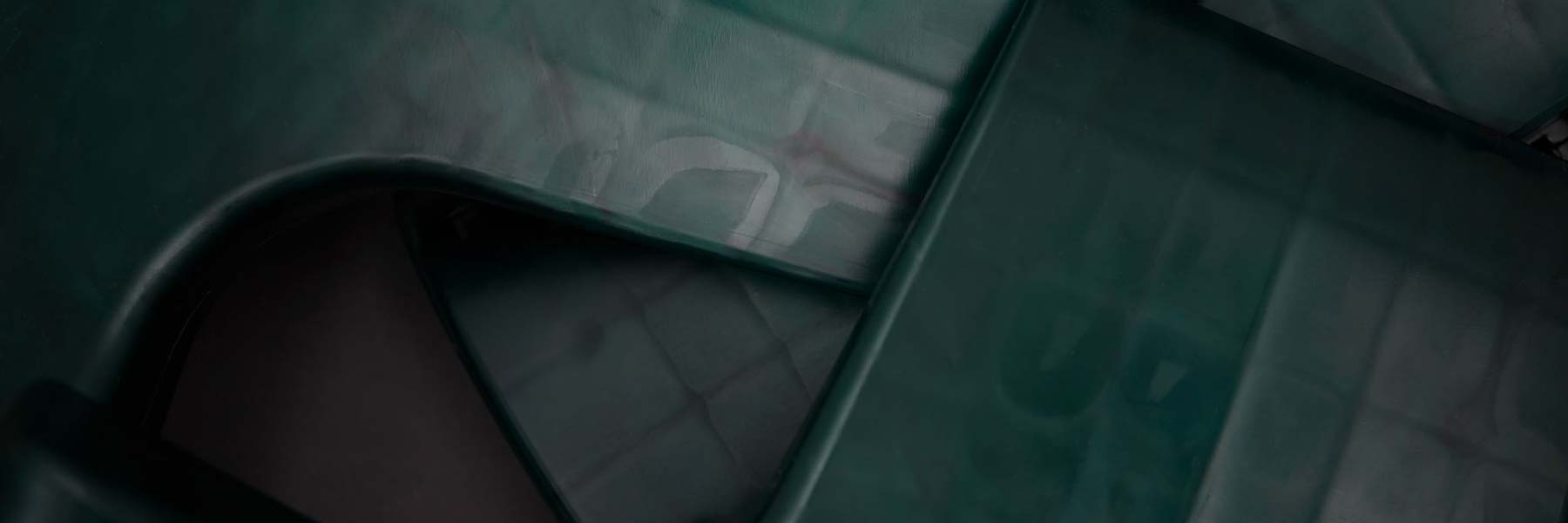The most common textiles used on our upholstery are wool and polyester. They both share properties related to good strength and durability, moisture and stain resistance, high levels of comfort and shape retention. This makes them ideal for use on furniture, especially seating.
Stain removal
- Remove stain spots as quickly as possible – before they penetrate the fibers.
- Dry wet spots with a piece of kitchen roll or a clean white cotton cloth.
- Scrape up dry, attached spots with a spoon and remove by vacuuming.
- Test if possible where it will not show before applying the neutral cleaning agent.
- Use only small amounts of cleaning agent at a time and dry up with absorbent paper as you work. (Avoid soaking as this can damage the material under the fabric.)
- Use clean water without any detergent for the final clean.
- Make sure to dry the fabric fully before use. (If necessary use a hairdryer to avoid leaving edge marks.)
If the spot does not disappear using water and neutral detergent, follow the instructions in the guide to spots or contact a professional dry cleaner.
We use a range of quality fabric suppliers, if you still have a problem they will be able to provide a wealth of specific information on their websites for your specific problem.
WOOL
Due to wool's genuine natural properties, wool fabrics are easy to maintain.
Wool is naturally antistatic and attracts dirt to a lesser degree than other fibers do. It is also water-repellent so spillages are slower to penetrate.
For wool-based fabrics we encourage you to only use detergents recommended for use on wool. Remove greasy stains by using appropriate detergents or solvents as recommended.
To avoid the build-up of dust and dirt, especially on chairs, we recommend regular gentle vacuum cleaning using an upholstery attachment.
SYNTHETICS
Mostly polyester and Trevira CS fabrics are easy to maintain and spots can be removed easily. Some microfiber fabrics feature antistatic fibers and are to a high degree, water and oil-repellent, thereby making them more resistant to dirt and stains.
Polyester & Trevira CS fabrics can be washed at a maximum of 40-60 degrees by hand or by machine if the covers are removable. Both can be disinfected with ethanol at a recommended concentration between 70% and 85% (by volume).
Polyurethane fabrics may also be wiped with a dry or moist cloth.



